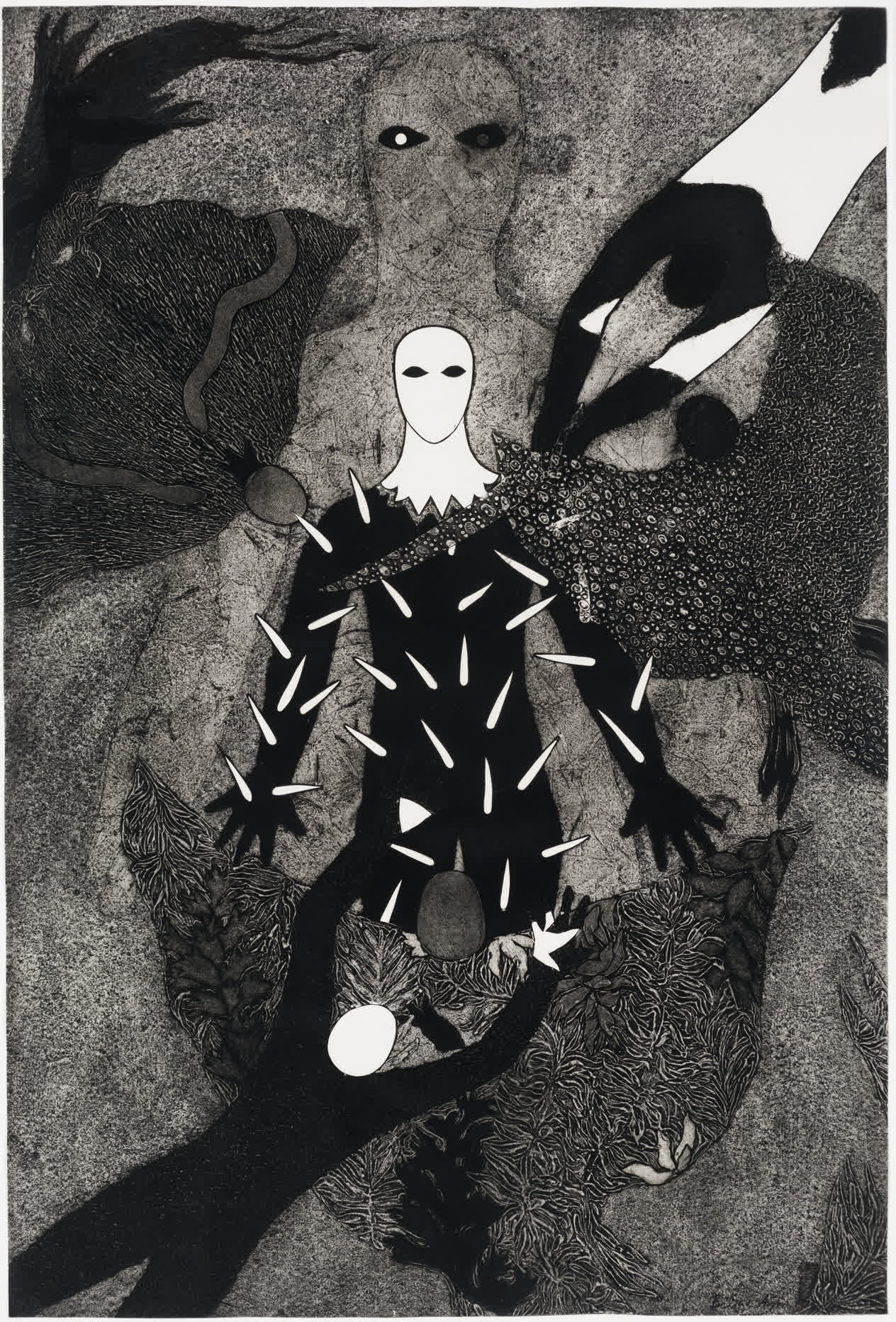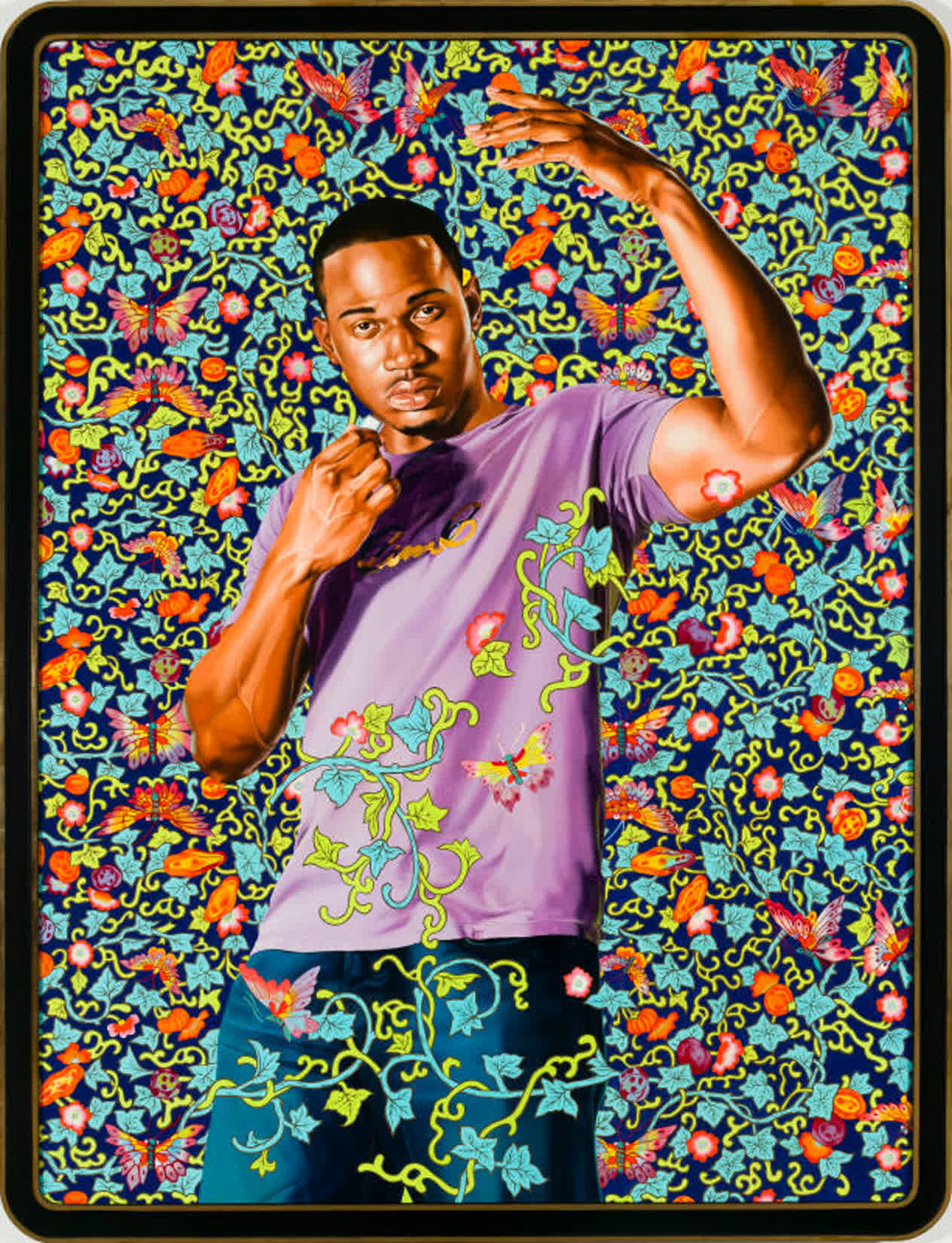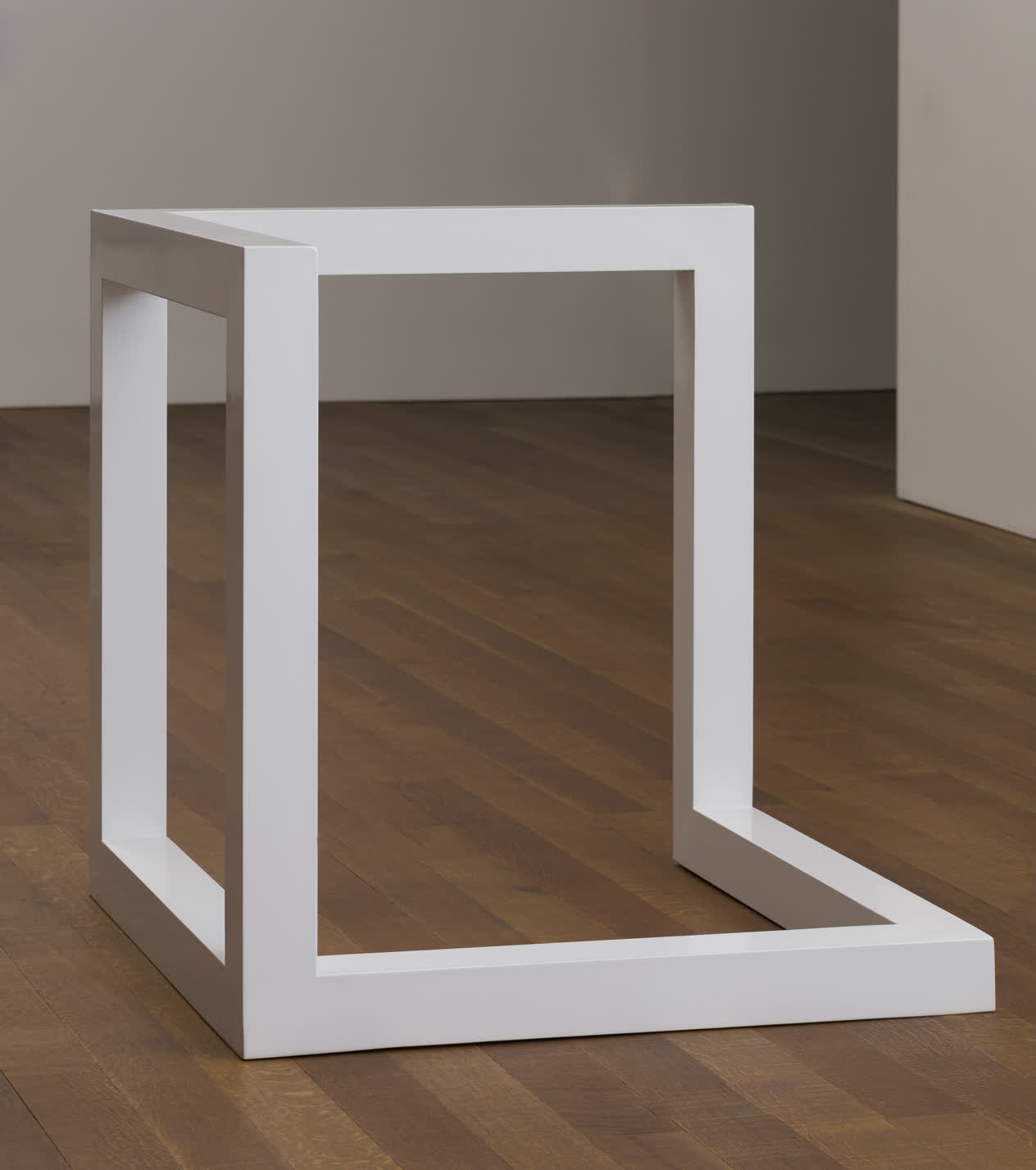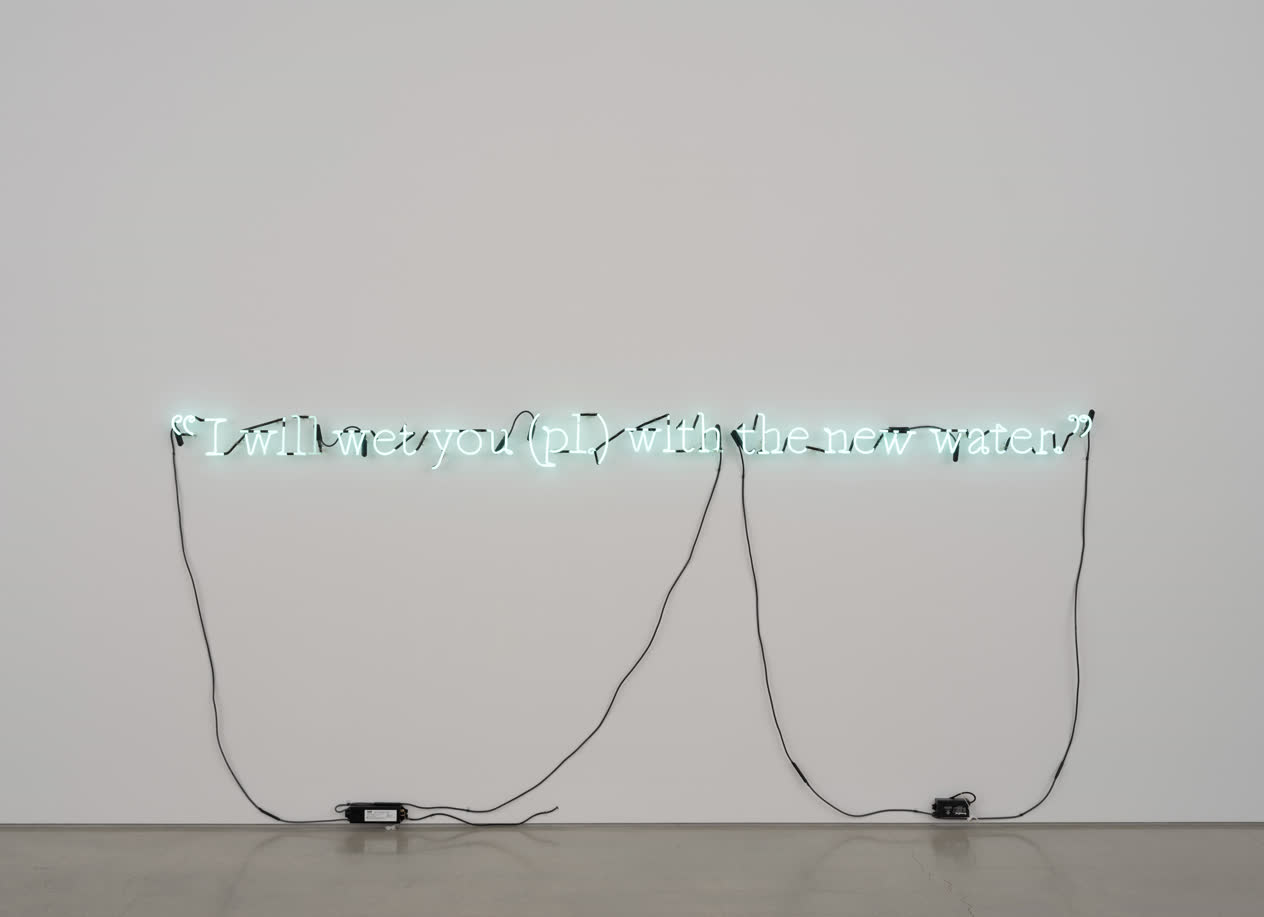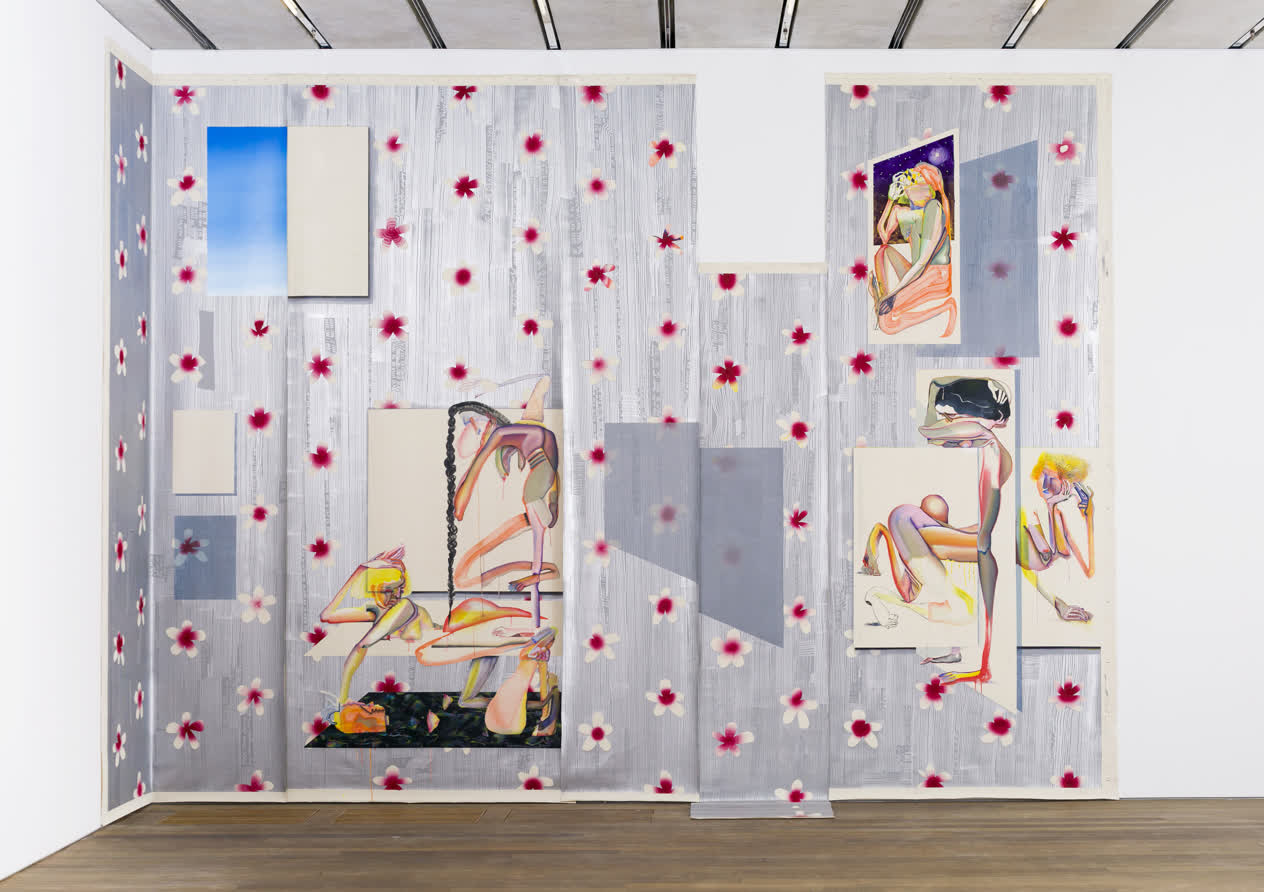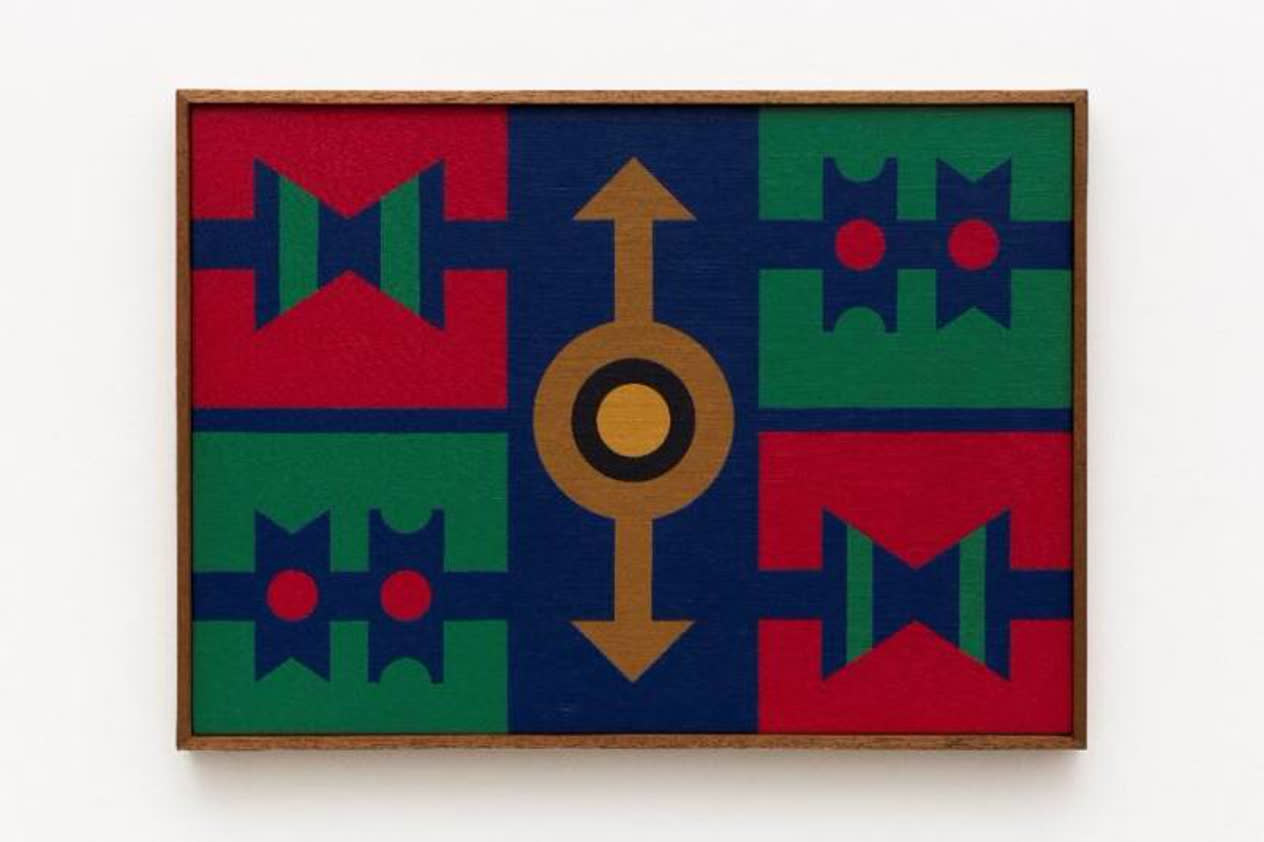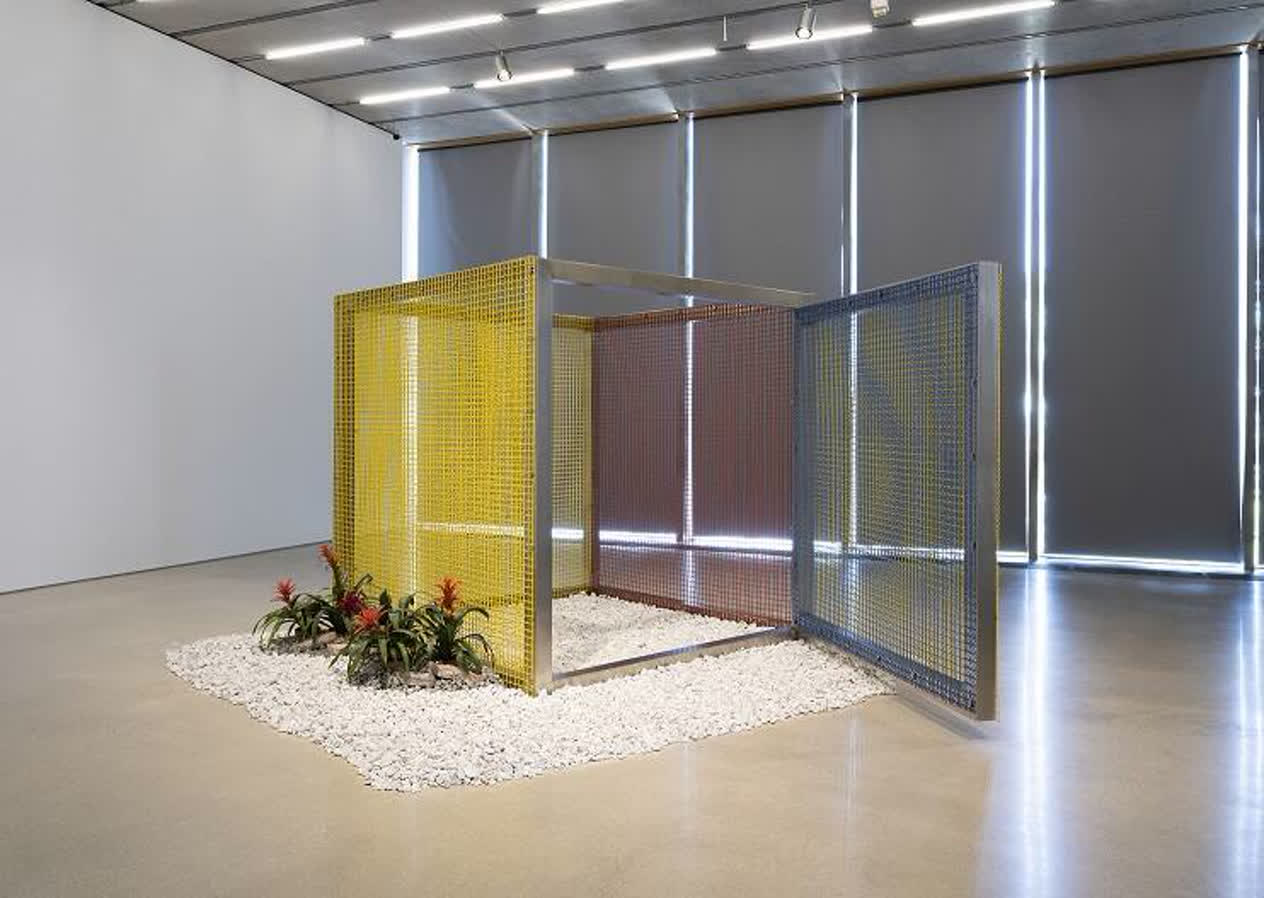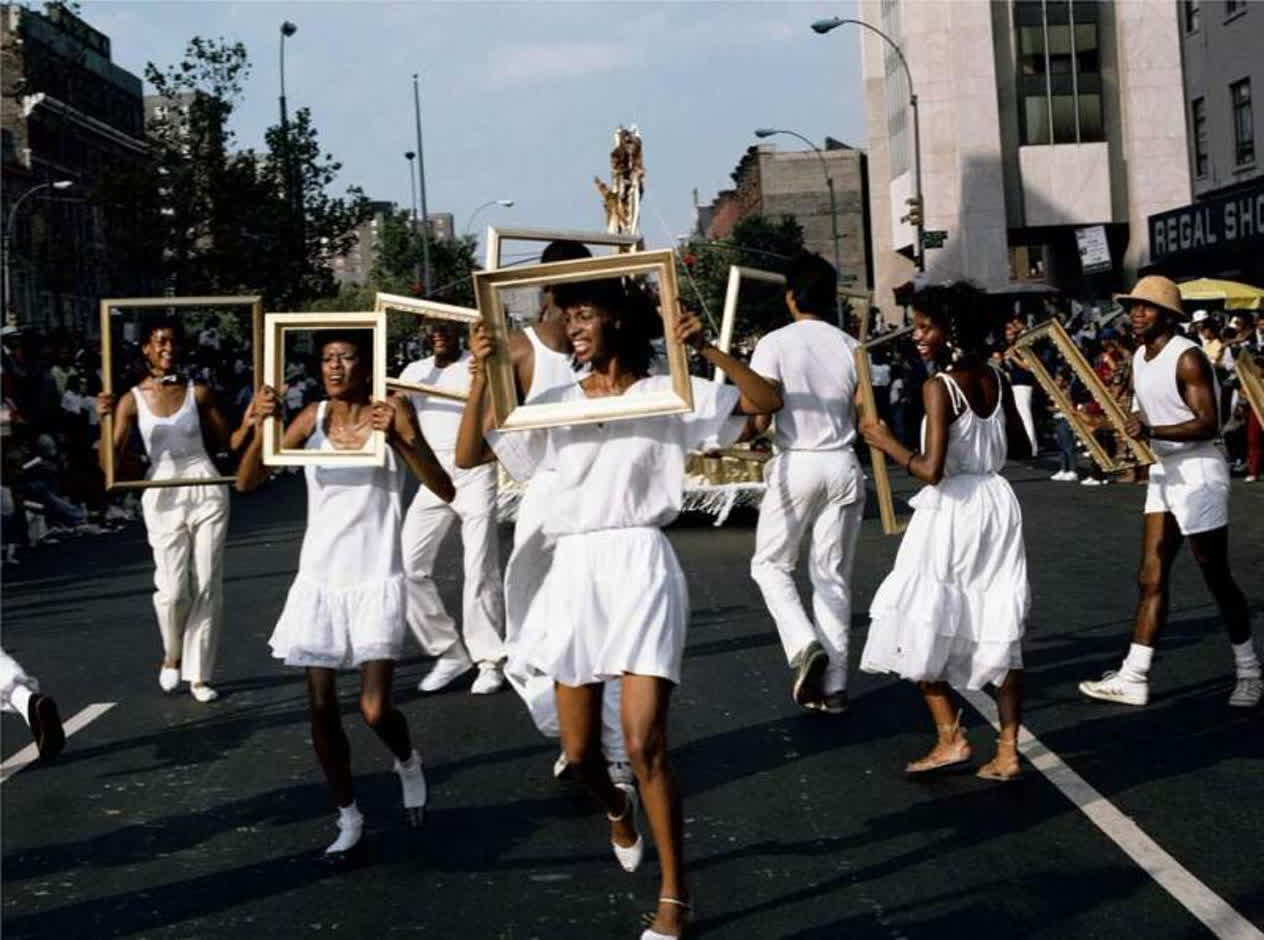Kenneth Noland Tune 1978

© 2022 The Kenneth Noland Foundation / Licensed by VAGA at Artists Rights Society (ARS), NY

A pioneer of Color Field painting, Kenneth Noland explored the expressive force of color. In the mid-1960s he experimented with shaped canvases, initially employing diamond-shaped canvases. This experimentation was rooted in the use of structure to convey color. By the late 1970s the shapes of his canvases became increasingly irregular. In Tune, narrow bands of bold color parallel four edges of the octagonal shape that define the picture plane. These bands contrast with the thin wash of the stained, unprimed canvas. Noland’s innovative cropping of the canvas and spatial arrangement emphasizes the tension between symmetry and asymmetry, balance and imbalance, center and periphery.
Identification
Title
Tune
Production Date
1978
Object Number
1997.19
Credit Line
Collection Pérez Art Museum Miami, gift of Joan Reynolds Linclau
Copyright
© 2022 The Kenneth Noland Foundation / Licensed by VAGA at Artists Rights Society (ARS), NY
https://www.pamm.org/en/artwork/1997.19
Copy artwork link
Physical Qualities
Medium
Acrylic on canvas
Dimensions
81 x 74 15/16 inches
Visual Description
Tune by Kenneth Noland is a painting from 1978. It is made of acrylic paint on canvas and measures roughly seven feet by six feet.
This painting is an example of an abstraction, which is a style of painting that focuses on the gestural movement of shapes and colors rather than depicting scenes or figures.
The canvas is shaped into an irregular octagon with sides of different lengths. The majority of the canvas is painted with a rust-like shade of red that is thinly applied and exposes other layers of blue and red paint. Four of the eight sides have thin strips of paint hugging the edge of the canvas. The top edge has grey-blue and violet paint. Going clockwise, the next painted side has white, light blue, red, yellow, and green stripes of paint. The bottom edge has thicker lines of red, green, and dark brown paint. The final painted side on the left of the canvas has a thick yellow stripe of paint followed by thin strips of grey and red.






